Choosing the Right Face Moisturizer

Picking the right face moisturizer can feel like an impossible challenge. With so many products available, how is one to choose? Narrowing down your decision means examining your skin type and your skin’s individual needs. The moisturizer that works for your mom or best friend might not be the right fit for you. With the following guidelines in mind, you’ll be well prepared to select the right face moisturizer for your skin.
Quench Thirsty Skin
A skin smoothie for your face. This lightweight, breathable moisturizer is packed with botanicals and good-for-you ingredients.
Indulge Your Skin
The Importance of Moisturizer
Knowing how to hydrate skin is a crucial part in achieving a healthy, glowing complexion. Regardless of skin type, moisturizer is an essential part of every skin care regimen. Whether you have oily skin or suffer from dry patches (or any skin type in between), maintaining your face’s moisture with the right products should be a priority.
How Does Moisturizer Work?
Moisturizer is one of the most important tools in the skin care product arsenal, but how does it work?
Moisturizer is tasked with sealing moisture into the outer layer of your skin, while simultaneously pulling moisture from the deep, inner layers of your skin out to the surface of your epidermis.
Your skin has three distinct layers:
- - The outer layer (epidermis)
- - The middle layer (dermis)
- - The lower layer (hypodermis or fatty layer)

Blood vessels are responsible for delivering moisture to the skin, but this moisture only makes it as far as the dermis. Once the moisture reaches this middle layer, it travels out through the epidermis, where it’s then evaporated into the atmosphere. This evaporation can leave your skin dry and cracked, causing flakiness and a generally dull complexion.
Moisturizers can be used to combat this evaporation in one of two ways:
- - By trapping moisture into your skin before it escapes
- - Restoring moisture in an already dry epidermis
There are three categories of moisturizer:
1. Occlusive moisturizers: This type of moisturizer is the old-timer of the three—the classic that’s been (for the most part) replaced by newer moisturizing technologies and ingredients. Occlusive moisturizers include oils, waxes, and silicones that create a barrier over your skin, helping trap moisture in the layers of your face—effectively stopping the evaporation that leads to dry skin.
The molecules that make up occlusive moisturizers are composed of long strands of carbon atoms. As previously mentioned, occlusive moisturizers are considered an old-fashion form of moisturizing; while they’re effective at combating dry skin, they are sticky and messy—not ideal characteristics for a cosmetic product you use every day.
2. Emollient Moisturizers: Emollient moisturizers are composed of different chemicals, but the basics are the same: long chains of carbon atoms intended to repel water.
Emollients slip through and fill in the tiny cracks in your dead or dry skin cells, smoothing the surface of your skin and leading to a smoother, softer complexion.
3. Humectant moisturizers: Humectants work a bit differently. This type of moisturizer attracts moisture to the skin and keeps it there. Humectants are capable of penetrating the different layers of the skin, and while they penetrate, they attract water. The moisturizer then locks that moisture into the layers of your skin.
Humectants contain hydroxyl groups (a hydrogen atom and an oxygen atom), which attract water and catalyze the production of ceramides—small waxy molecules that help give your skin its structure. Think of humectants as a sponge; they can absorb, trap, and infuse with water molecules to effectively hydrate the epidermis.
Ingredient to Avoid When Selecting a Face Moisturizer
- - Fragrance: Most skin care experts advise avoiding any fragrances. They may make your face cream smell great, but perfumes can be irritating agents, and may strip your skin of its essential oils.
- - Body-specific ingredients: Don’t use your body moisturizer on your face. Body-specific moisturizers contain heavy ingredients including lanolin, wax, and shea butter—these can build up quickly in the pores and lead to breakouts.
- - Harsh acidic components: Steer clear of moisturizers that contain AHAs (alpha-hydroxy acids), glycolic acid, benzoyl peroxide, and retinoic acid, especially if your skin is sensitive or dry. These harsh ingredients can irritate the skin and lead to further dryness.
- - Steroidal ingredients: If you’re using steroidal treatments, cut down on frequency. Overuse of steroidal ingredients can make your skin paper thin and worsen irritation.

Selecting a Face Moisturizer by Skin Type
Consider your skin type before selecting a face cream. Learn more about the different types of skin.
Choosing Moisturizer for Normal Skin
Characteristics of Normal Skin: Normal skin is neither oily nor dry. Someone with a normal skin type rarely deals with breakouts, doesn’t suffer from severe sensitivities, and has small or barely noticeable pores.
Try: If you have normal skin, look for an oil-free moisturizer that’s light and non-greasy. This will help your skin maintains its normal moisture balance.
Choosing Moisturizer for Dry Skin
Characteristics of Dry Skin: A person with dry skin experiences areas of roughness and dryness. Dry skin types don’t produce enough oil, and this dryness can be the result of genetics, environmental stressors, and hormonal fluctuations.
Try: Those with dry skin should opt for thicker, more hydration-heavy products to replenish lost moisture. Apply your new moisturizer in gentle massaging strokes, and be sure that it absorbs into the skin, rather than resting on the surface and creating a greasy sheen.
Recommended Product: bioClarity's Hydrate Skin Smoothie
Adjust Your Moisturizer with the Seasons
When the seasons change, your moisturizer should too. Weather can have a significant impact on your skin health, and it’s important that you alter your skin care regimen to reflect these changes. Dry winter air can suck the moisture out of your skin, meaning that lightweight moisturizer you used through the warm summer months no longer does the trick.
Pay attention to your skin and how it responds to the weather—and tweak your skin care regimen accordingly.
Final Tips for Getting the Most Out of Your Face Cream
- - Wear moisturizers that contain at least 15 SPF to prevent sun damage
- - Apply moisturizer while skin is still damp
- - Change your moisturizer with the seasons if necessary
- - Don't forget to moisturize your neck
- - Apply your moisturizer in upward strokes

Abby Vinas
Abby Vinas has long been an active member of the holistic health community, advocating in favor of its benefits to both our physical and emotional well-being. Her commitment to leading a healthy lifestyle has made her an authority on self-care practices. Abby is passionate about fitness, nutrition, and proper skincare, and is also an avid lover of avocado toast and dog-petting.
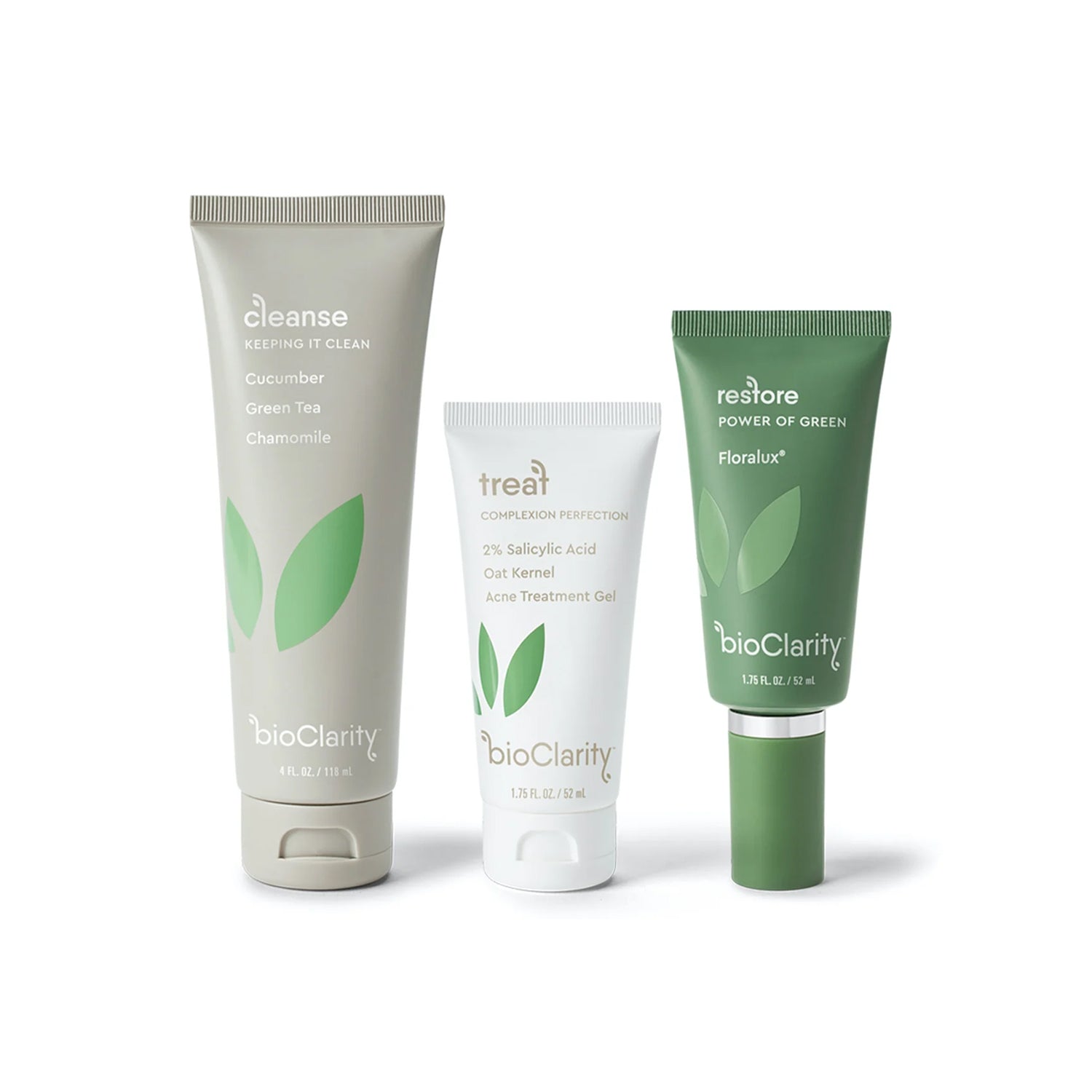
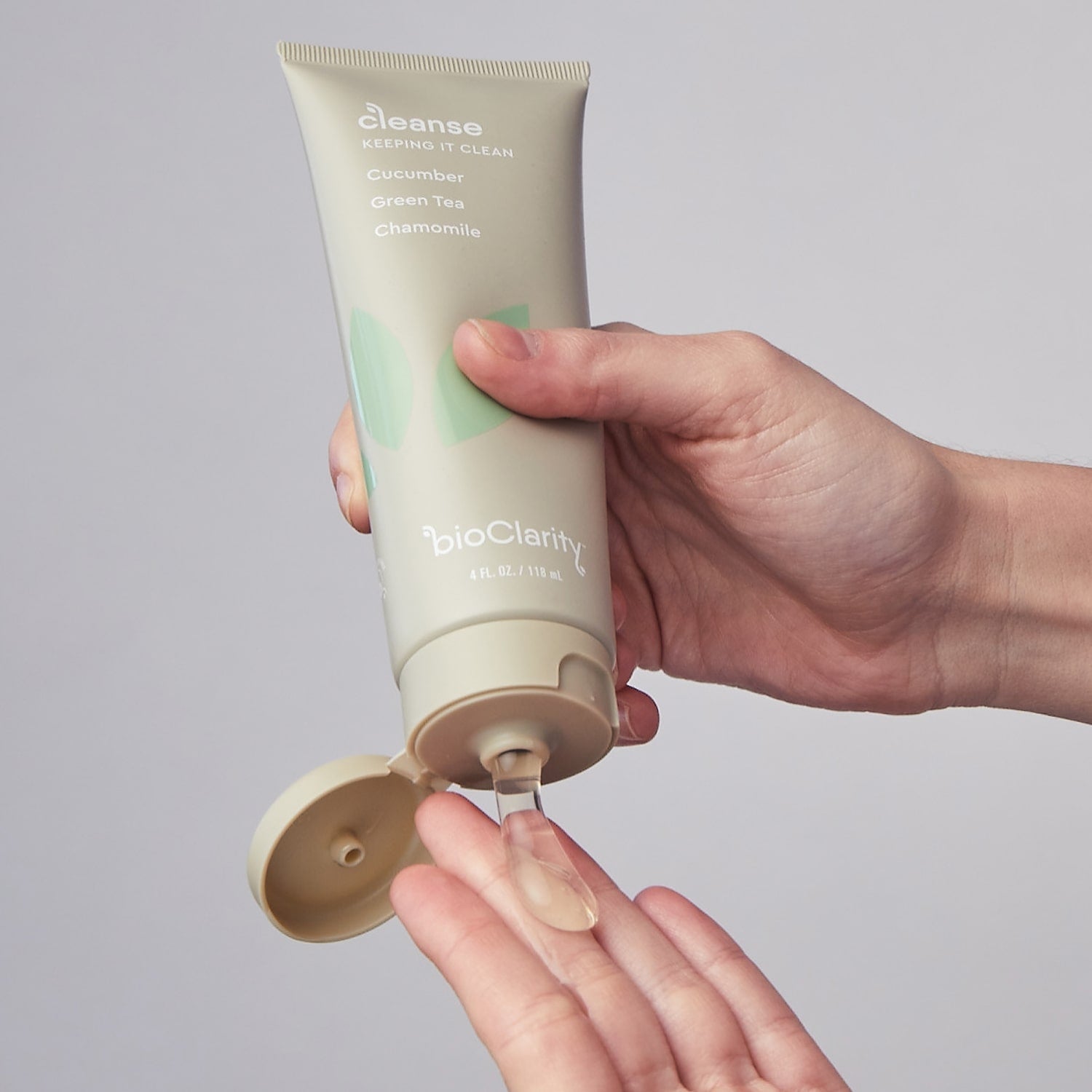
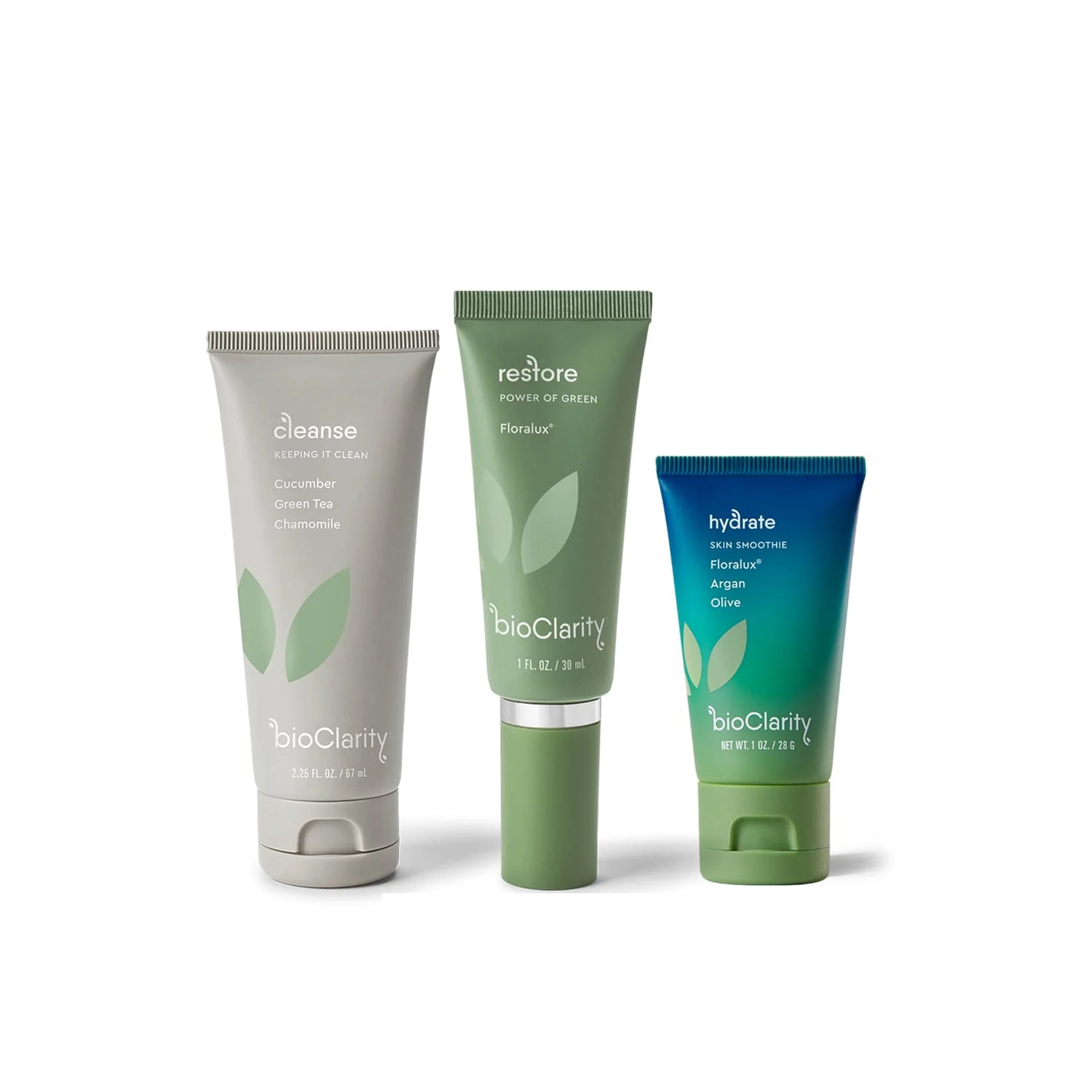
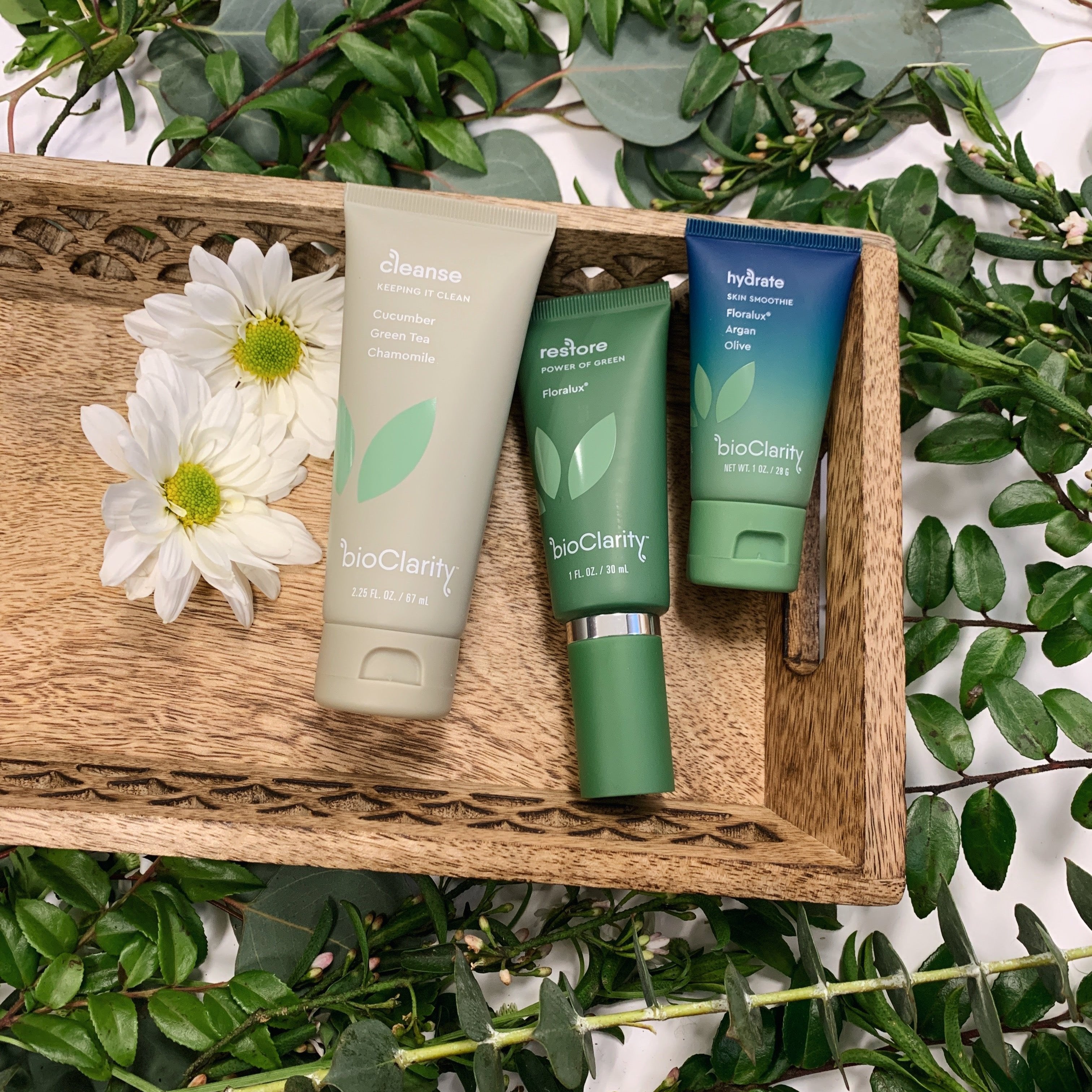
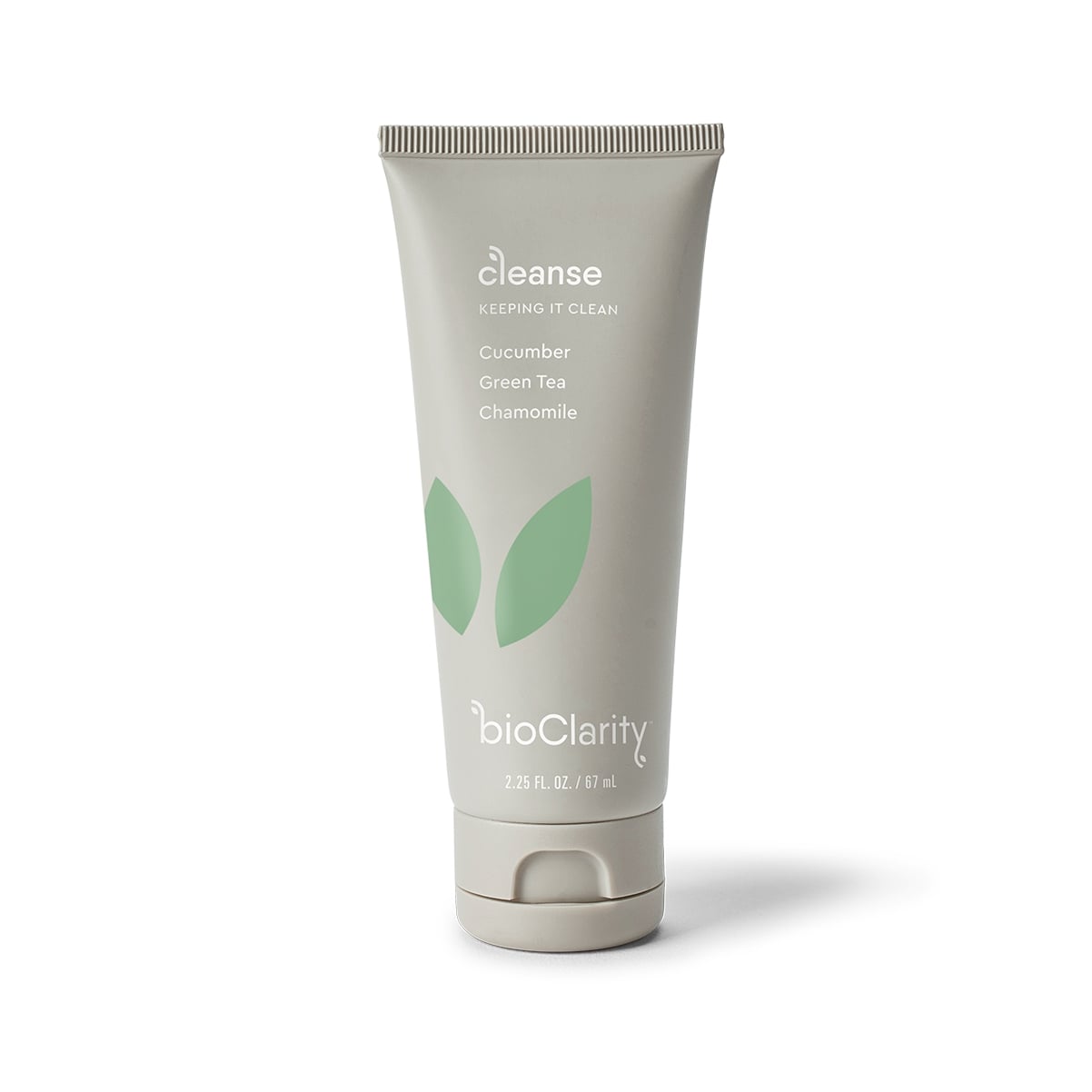
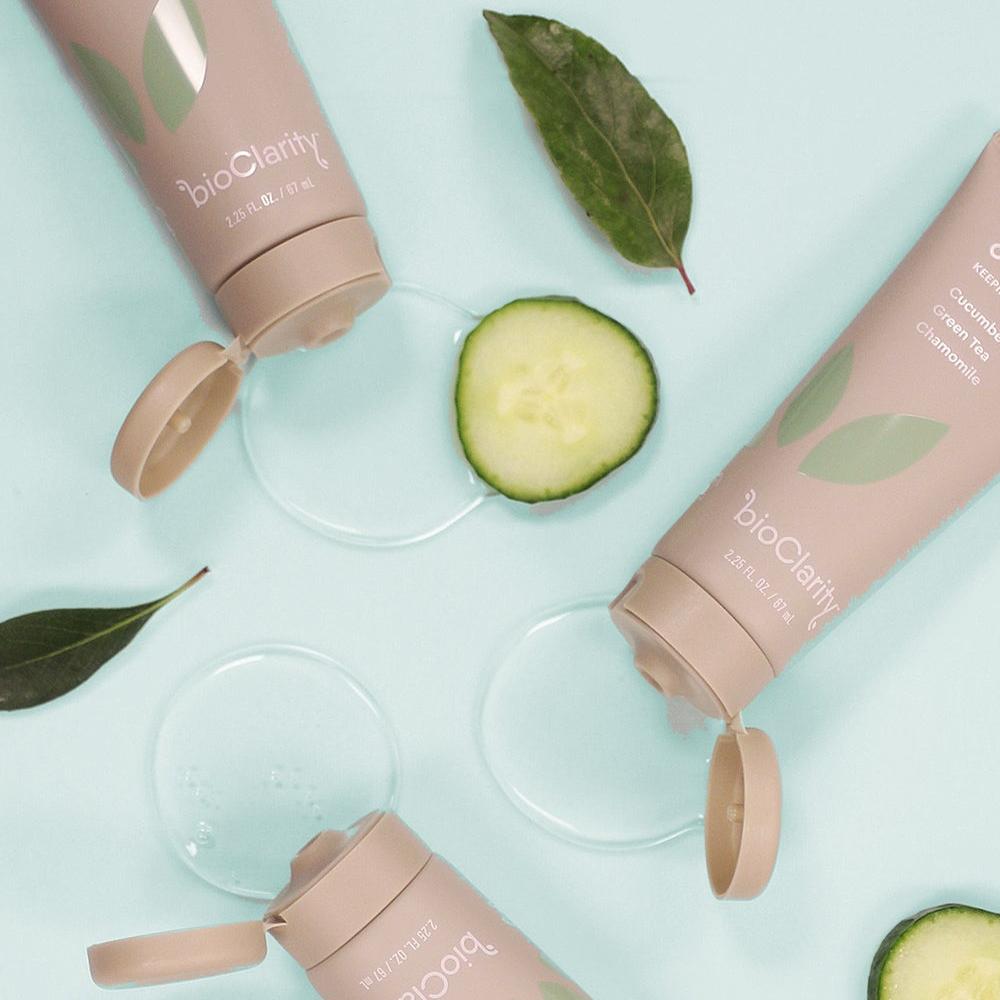


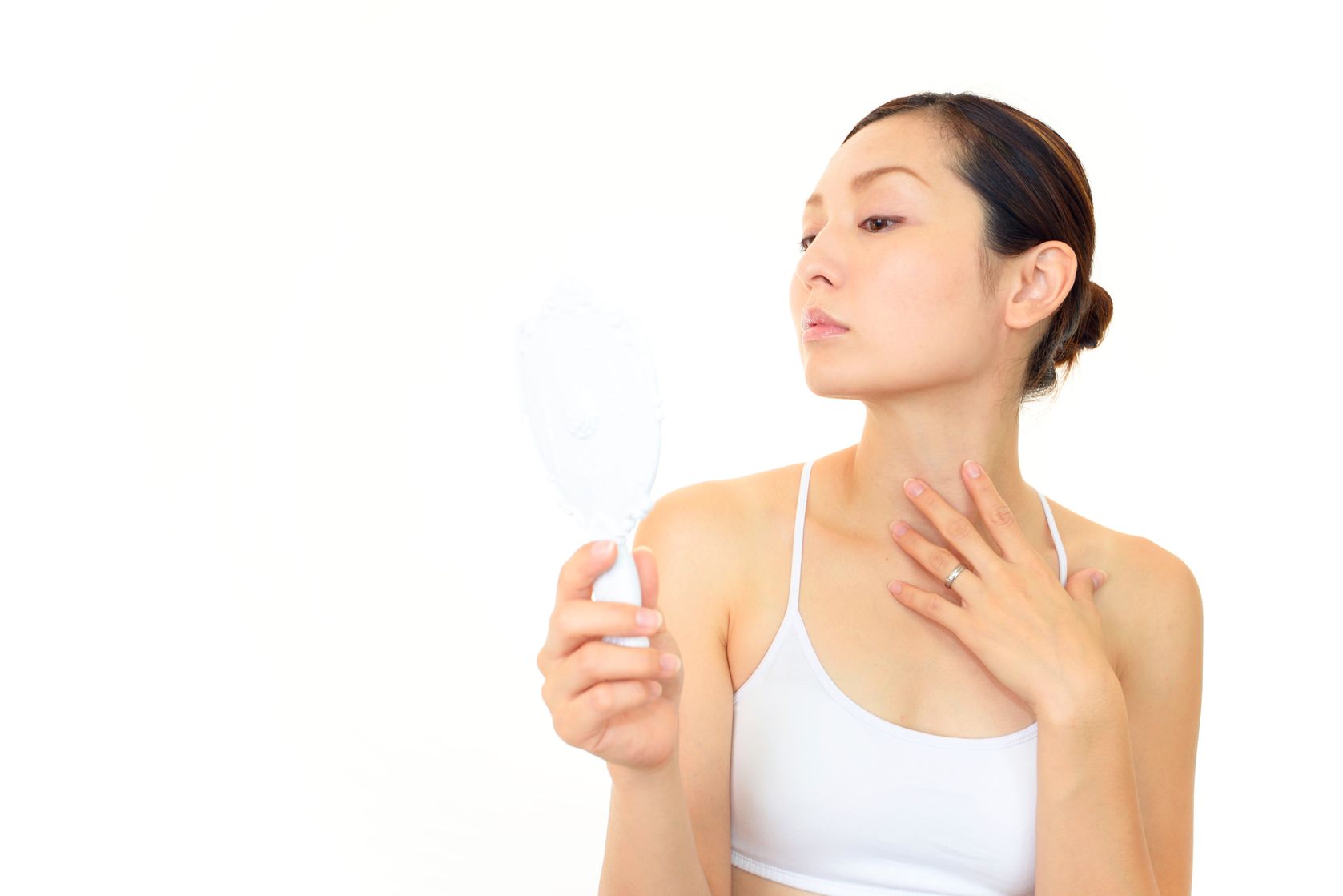
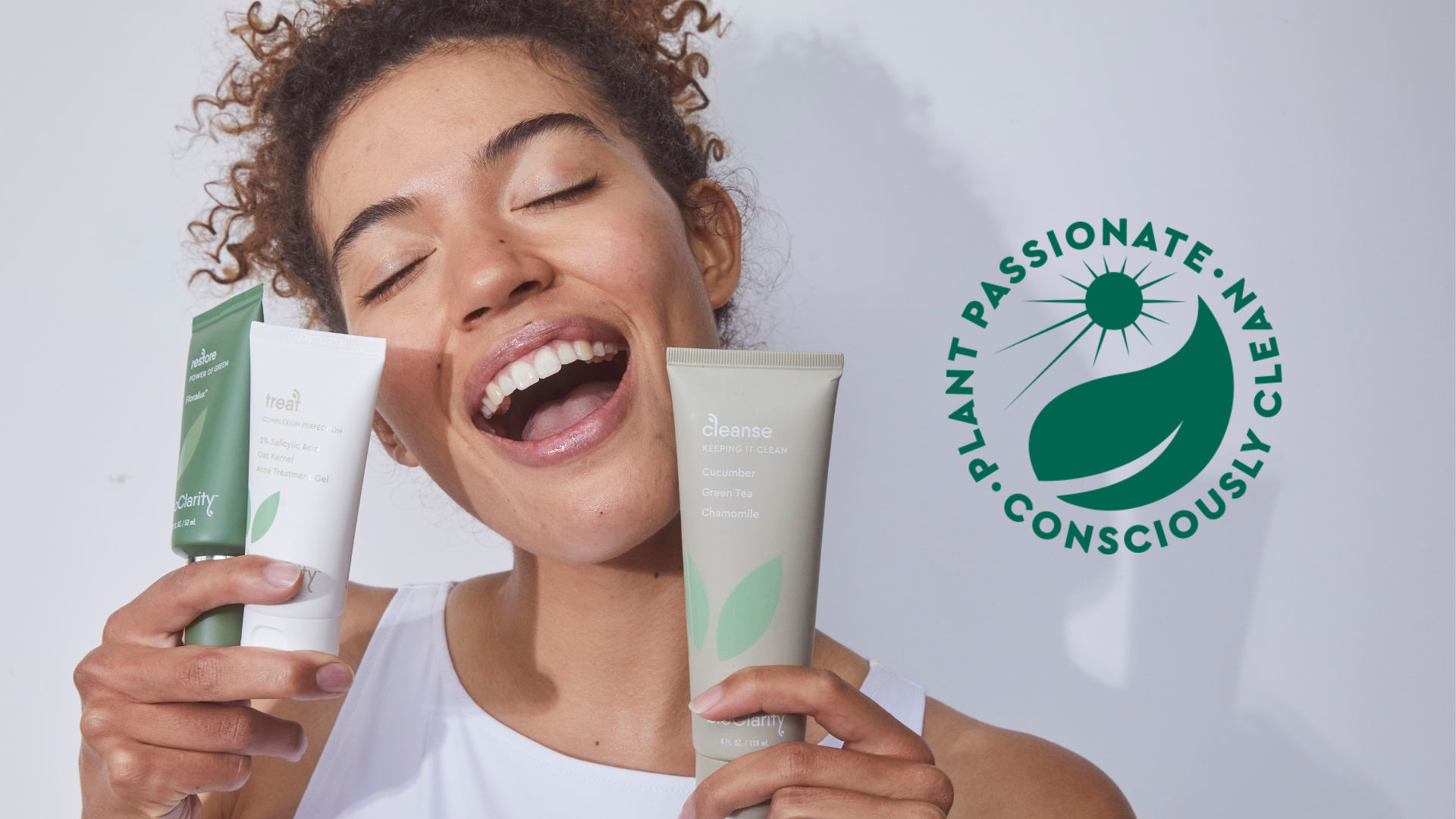
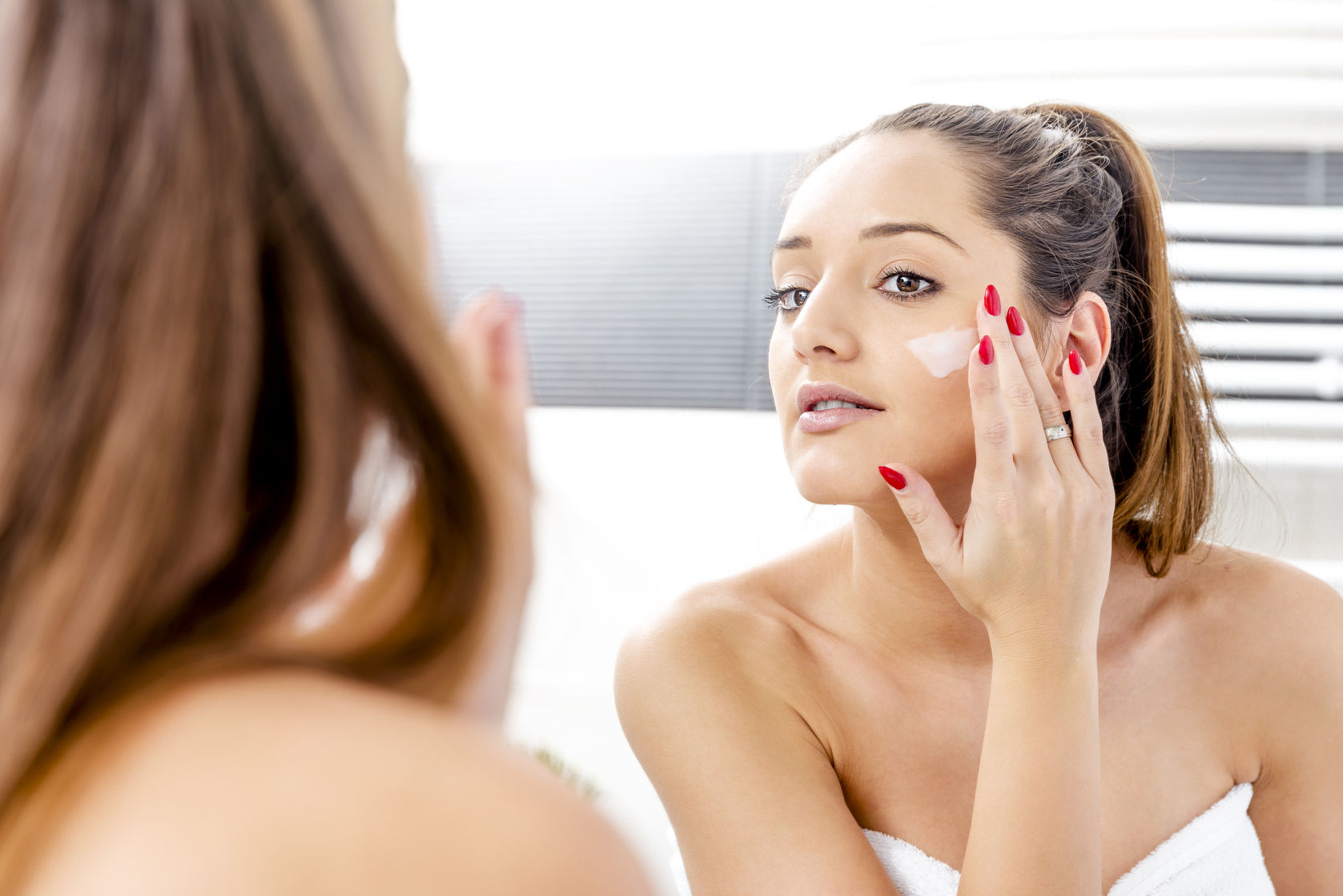
Comments
Jamie —
Does Bioclarity have a moisturizer with SPF 15? I currently am using the system but I don’t see spf in the smoothie moisturizer. Should I buy a separate spf to use before the smoothie? Thanks!